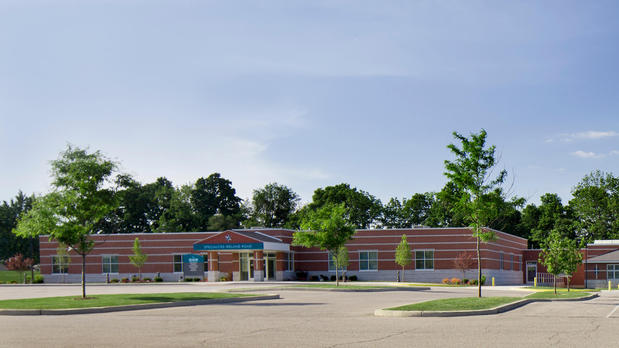Scalp psoriasis vs. seborrheic dermatitis: What's the difference?
Learn how to tell apart these common conditions of the scalp, both of which cause inflamed, scaly skin.
Answer Section
Your health care provider will likely be able to tell you if you have scalp psoriasis, seborrheic dermatitis or both by looking at your skin, scalp and nails.
Scalp psoriasis and seborrheic dermatitis are common conditions that affect the scalp. And they share some symptoms, such as inflamed, scaly skin.
Most often, the scales of psoriasis look thicker and drier than the scales of seborrheic dermatitis. Psoriasis tends to extend beyond the hairline. And psoriasis usually affects more than one area of the body. If you have scalp psoriasis, you may have mild psoriasis on your elbows, knees or lower back too. Or you may notice nail changes, such as pitting.
Compare symptoms
Scalp psoriasis
- Inflamed skin covered with scales or with oily, crusted patches called plaques
- Patches that may extend beyond the hairline or appear on other parts of the body
- Itching
Seborrheic dermatitis of the scalp
- Inflamed skin covered with scales or crusted patches
- Skin flakes, called dandruff, on the scalp and hair
- Itching
Scalp psoriasis and seborrheic dermatitis of the scalp share some similar treatments, including medicated shampoos and corticosteroid lotions. Scalp psoriasis is often persistent and more difficult to treat than is seborrheic dermatitis of the scalp. Other treatments, such as light therapy, may be needed to help control psoriasis.
© 1998-2025 Mayo Foundation for Medical Education and Research (MFMER). All rights reserved.
Terms of Use
